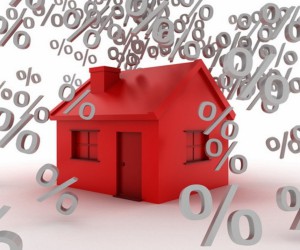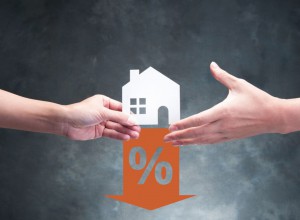The property market will remain weak well into 2020 unless the RBA cuts interest rates and these are passed on by the banks.
However, it was the introduction of lending restrictions by APRA, followed by the greater scrutinisation of loan applications as a result of the Royal Commission, that was the catalyst for the downturn.
Tighter lending standards, the findings of the Banking Royal Commission, political uncertainty, fears of the potential changes to negative gearing and capital gains tax, restrictions on foreign investors, unit oversupply and large falls in dwelling commencements had all had a material impact on the property market.
The major risks associated with residential property have, and continue to be, significantly increased in comparison to the risk levels in the long term.
This is due to a combination of factors that are changing the face of the property landscape with no price increases and significant improvement expected until at least the end of 2020.
There’s an 80 per cent chance the ALP will come into power at the forthcoming Federal election and this win will see the implementation of their policy to limit negative gearing to new housing only and reduce the discount on capital gains tax from the current 50 per cent to 25 per cent to come into effect on January 1, 2020.
This will simply make property investment, in both existing and new dwellings, by far less attractive.
Fears of the proposed changes have already impacted the market with price reductions accelerating following the Liberal Party leadership spill in August last year.
In addition, auction clearance rates dropped below 50 per cent towards the end of 2018 in both the Melbourne and Sydney property markets and are currently in the low to mid-50s.
Buyer sentiment had been greatly diminished with strong reductions in activity by investors who realised they had to wait for the election results, the implementation of the taxation policy, and a new low equilibrium point to be reached, before they could act.
Investors understand the potential increases to out-of-pocket expenses due to the taxation changes, which are equivalent to a significant and sudden interest rate increase of 1.15 per cent in the Sydney unit market.
Interest rates will fall
RiskWise analysis shows there is an 80 per cent likelihood the RBA will cut interest rates during the second half of 2019 with a further cut before the end of the year or early 2020, with the banks ‘highly likely to pass them fully on to borrowers’.
This will significantly reduce price reductions, particularly in the Sydney and Melbourne property markets, and increase demand in the markets that have shown resilience and already enjoy good demand. Interest rate cuts have a direct impact on out-of-pocket expenses and also have an impact on buyer sentiment, particularly investors.
GDP growth is also below target, largely due to a reduction in dwelling commencements, and a drop in consumer sentiment has an impact on household spending
In fact, according to ABS data, there has been a major reduction in household wealth, driven by a reduction of land and property values.
While household wealth is falling, the household-debt-to-income ratio hit a new record just shy of 200 per cent.
While APRA has removed the 30 per cent interest-only lending cap, this is unlikely to have a material impact on the housing market.
Banks will continue to mitigate the risks associated with interest-only loans in a market where the majority of the properties that are purchased or re-financed are depreciating assets.
In addition, there is a 7 per cent stress test (where many lenders set the stress test at 7.25 per cent) when it comes to the ability to service a loan making it extremely difficult to get approval from lenders.
Negative equity has also become a major risk...
Particularly for lenders who have concentration of loans in weak markets within Western Australia, Queensland and the Northern Territory.
Also, the majority of the properties that have been purchased in Sydney and Melbourne in the past couple of years have depreciated in value and properties that have loan-to-value ratio (LVR) of 90 per cent or more carry a high level of risk of negative equity.
The next quarter would be crucial for the housing market due to the election results and expected high level of certainty regarding RBA’s interest rate cuts, but expected the weak outlook to continue.
Macro-economic measures, particularly in relation to Consumer Price Index (CPI), employment and GDP growth would play central roles in whether there would be an interest rate reduction sooner rather than later.
Our analysis shows us however, that at least for the foreseeable future, and especially with the likely introduction of the taxation changes, that the weak housing market will continue with high levels of apartment supply, combined with low sales volumes, and a continuous reduction in dwelling commencements, that will help to absorb the high level of supply gradually over time.


















